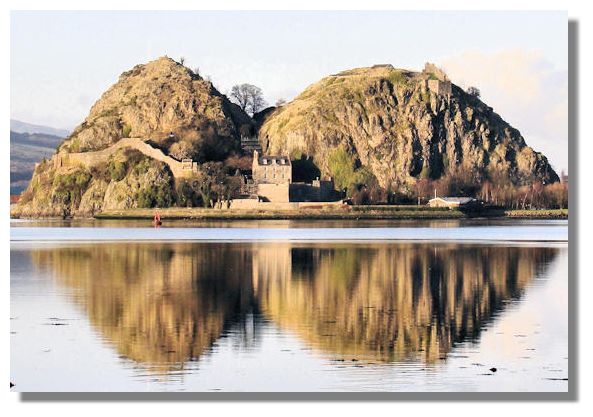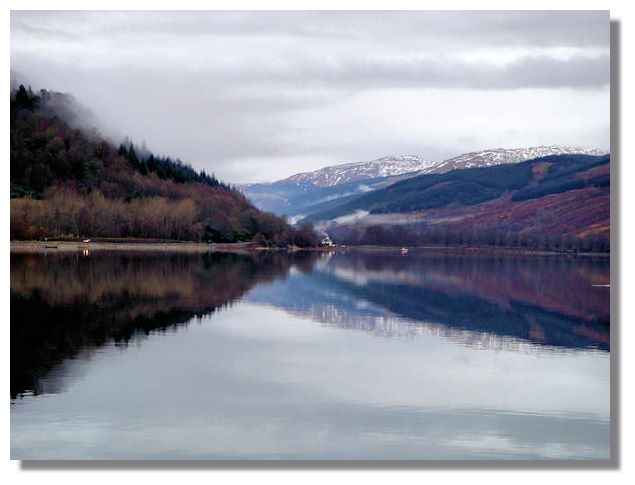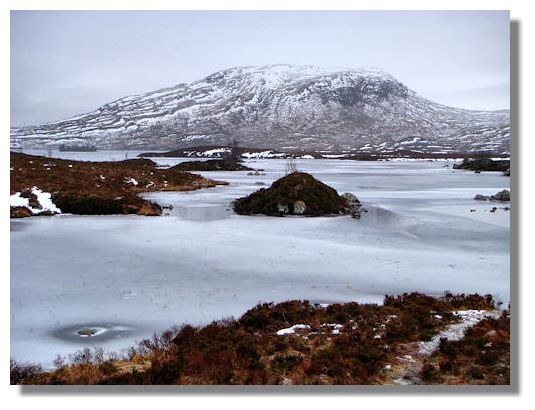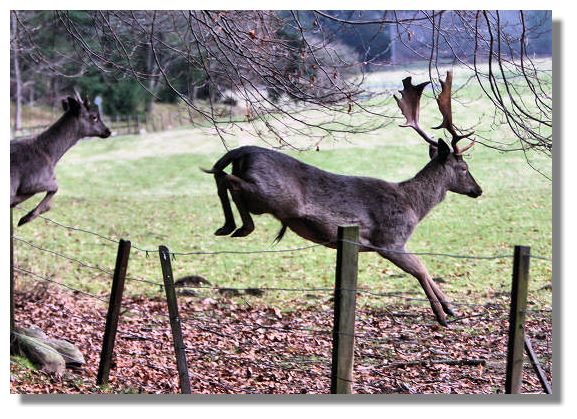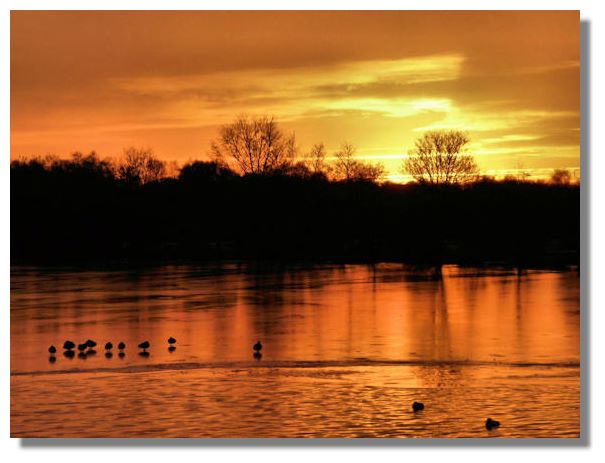The Rampant Scotland Newsletter includes a number of photographs which illustrate the weather and the seasons, plus the flora and fauna of the current week around Scotland. This separate "colour supplement" displays some more pictures, in a larger format. Here is this week's crop of Scottish views!
The earliest recorded reference to a defensive fortification at Dumbarton is when St Patrick wrote in 450AD to the King of Strathclyde about a raid by his followers on some of the Irish Saint's converts. But the volcanic plug, overlooking the river Clyde, where it is joined by the river Leven, would have been a natural defensive location even before then. The Kingdom of Strathclyde, with its capital at Dumbarton, spread south from the river Clyde to cover much of south-west Scotland. A new castle was built as part of the western defences against the Norsemen who controlled the western seaboard. This role declined after the defeat of the Vikings at the Battle of Largs in 1263. In the 15th century, the Governor of the castle, Lord Darnley, son of the Earl of Lennox, rebelled against King James IV. The King besieged the castle but, after failing at the first attempt, he had to bring the great gun Mons Meg (which is now in Edinburgh Castle), to finish the job. Seen in this photograph is the Governor's House, with King George's Battery in front. It was built in the first half of the 18th century, replacing the earlier medieval gatehouse. Now that the castle is owned by Historic Scotland, the Governor's House has become a museum and visitor centre.
Loch Fyne, is a sea loch which runs 40 miles deep into Argyllshire, making it the longest of Scotland's sea lochs. Loch Fyne is famous for its oyster fishery and is a popular area for sport diving and angling. It is also a popular tourist destination with attractions such as Inveraray Castle. This photo, with the loch looking like glass, was taken at Inveraray by Vicki, a Scottish Snippets reader.
Here is another of Vicki's wintry scenes, this time in the hills near Oban, towards the end of December. The small lochs there were frozen and then had a covering of snow.
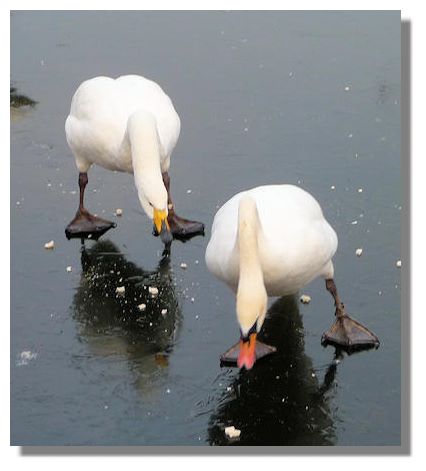
Birds that normally feed on Scottish lochs have been having a tough time for a number of weeks as the low temperatures caused many loch to freeze over. Swans always look ungainly out of the water, but these two (a Whooper Swan with its yellow bill and a Mute Swan) look even more awkward as they try to shuffle across the ice on Hogganfield Loch in Glasgow trying to reach some bread that has been thrown for them. Fortunately, at times like these, many people come to the loch with bread. Indeed, there would not be so many water birds on lochs in public parks if visitors didn't augment their food supply.
My photos of deer are either of the almost tame ones at country parks or are grainy, distant tele-photo shots of wild deer that run as soon as my camera points at them. So I was impressed by a sequence of close-up photos of a small herd of deer jumping over a fence. The Snippets reader who sent them to me said that his youngest son (George Thomson Jnr) took the pictures near Dunkeld in Perthshire last weekend. It was suggested that the deer "were jumping the wire fence to get to the pub before closing time!"
Although many of the days recently have been dull and overcast, there have also been many days when a wintry sun has brightened up the landscape. That has meant that the setting sun has sometimes created a fiery glow in the west - as here, at Drumpellier Country Park in North Lanarkshire. Part of the loch is frozen over and the birds are standing on the ice.If you want to look back at earlier editions of this Colour Supplement, there is an Index Page
